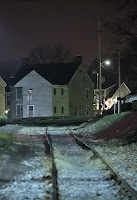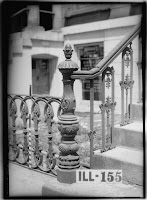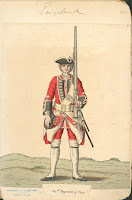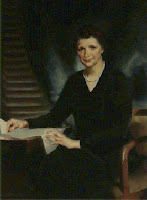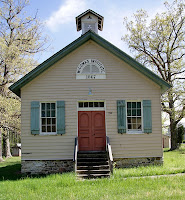
(Errol Morris) - The soldier’s body was found near the center of Gettysburg with no identification — no regimental numbers on his cap, no corps badge on his jacket, no letters, no diary. Nothing save for an ambrotype (an early type of photograph popular in the late 1850s and 1860s) of three small children clutched in his hand. Within a few days the ambrotype came into the possession of Benjamin Schriver, a tavern keeper in the small town of Graeffenburg, about 13 miles west of Gettysburg. The details of how Schriver came into possession of the ambrotype have been lost to history. But the rest of the story survives, a story in which this photograph of three small children was used for both good and wicked purposes. First, the good. Continued

Photos: Wikipedia







